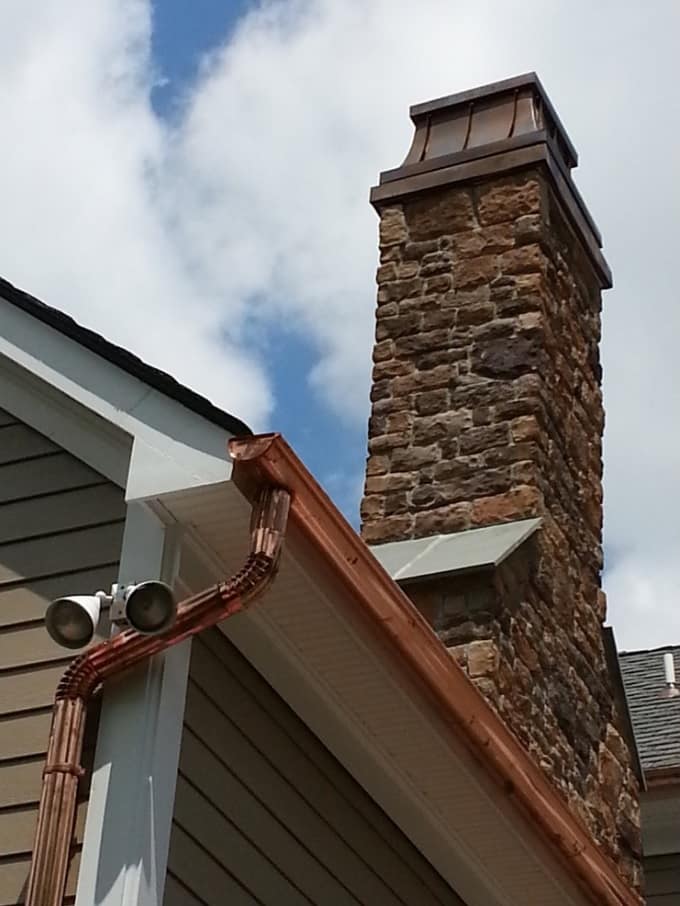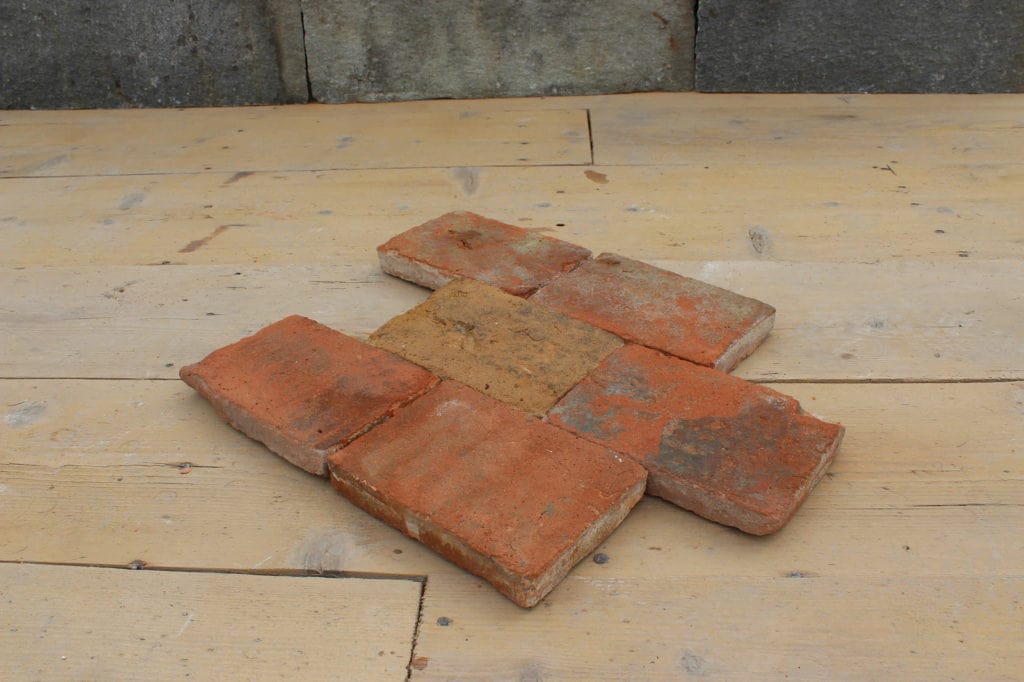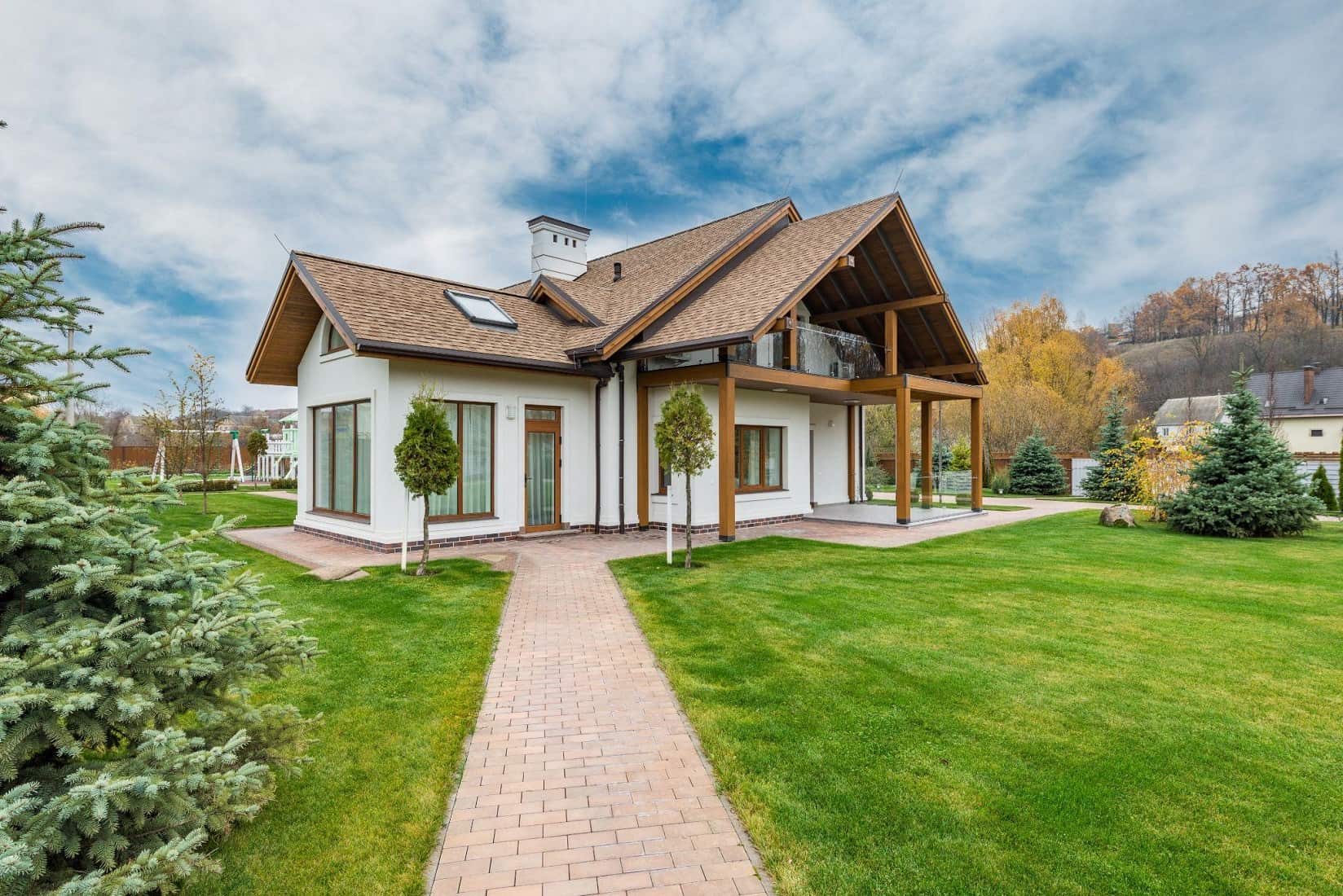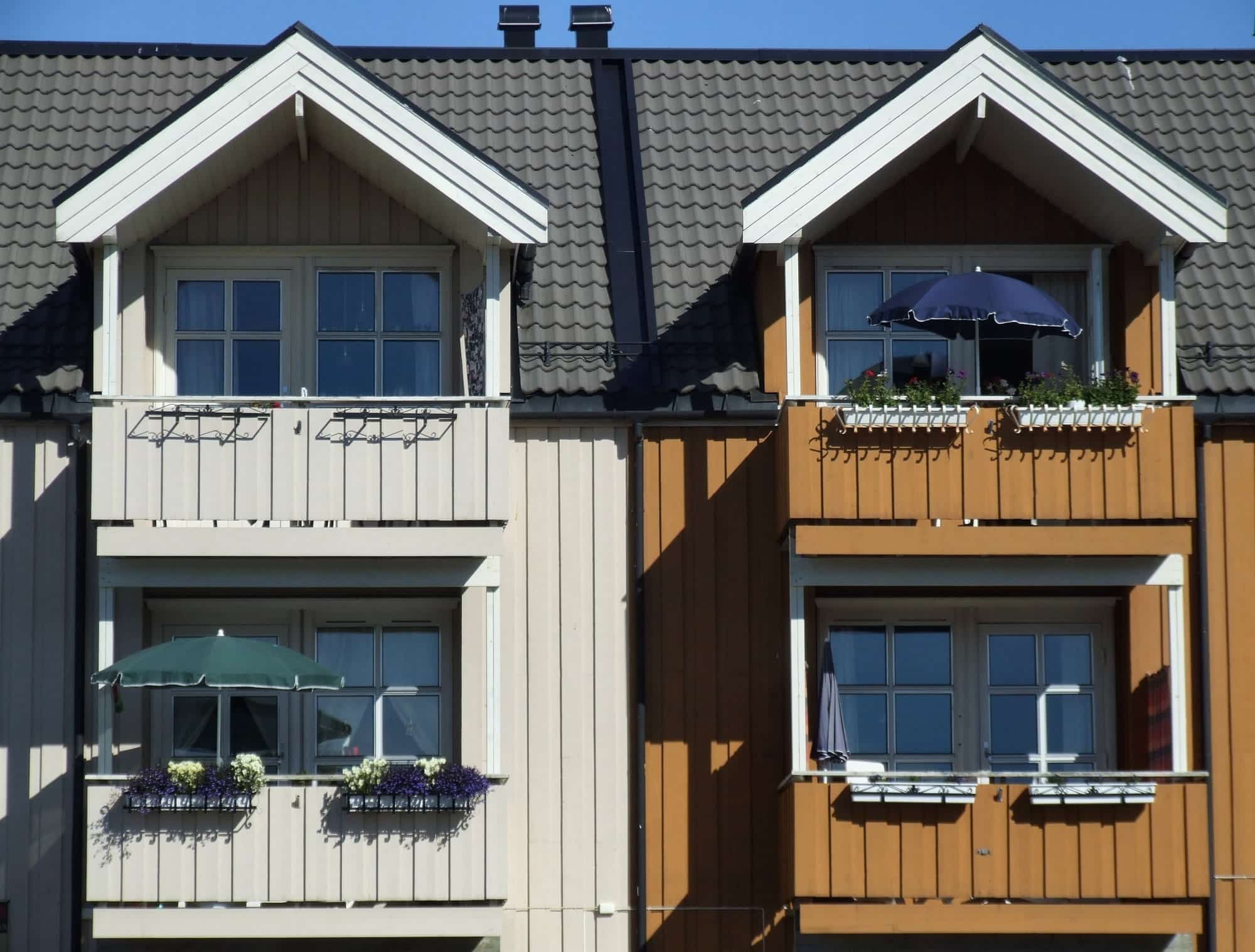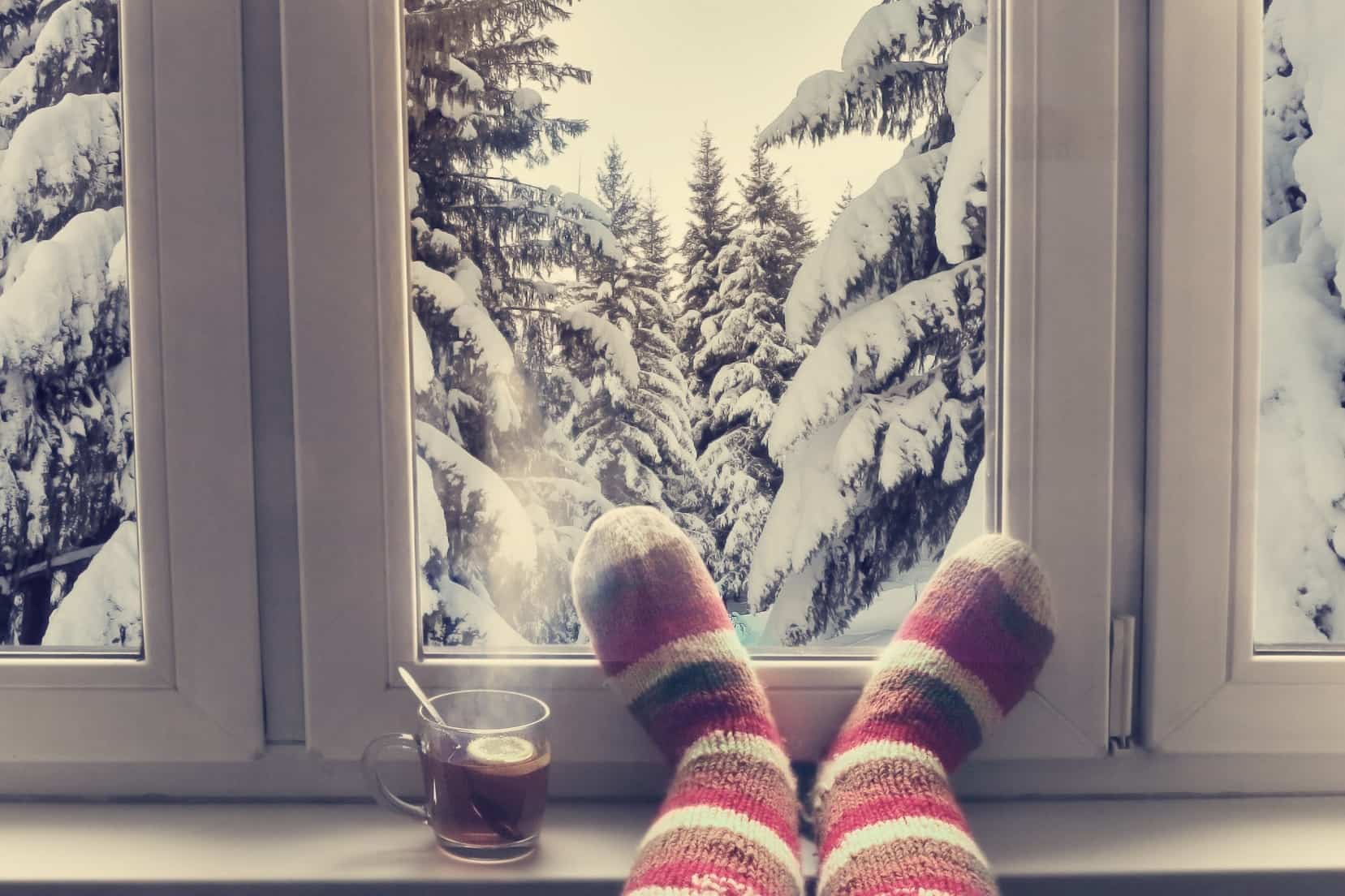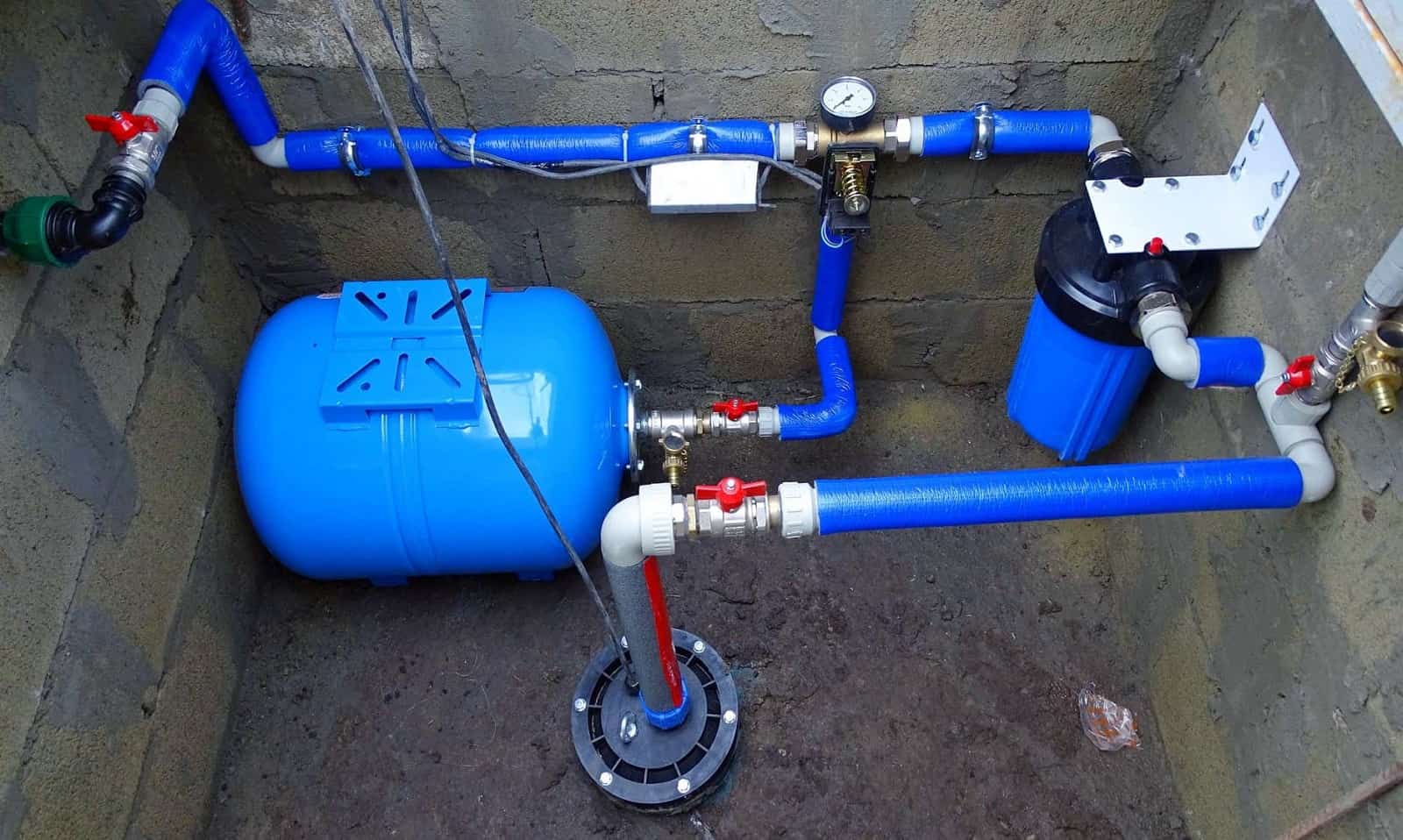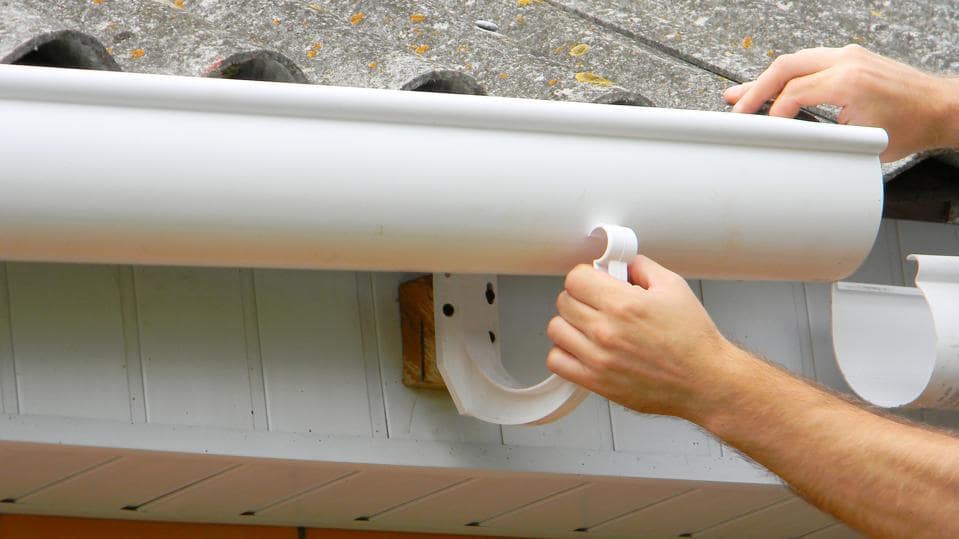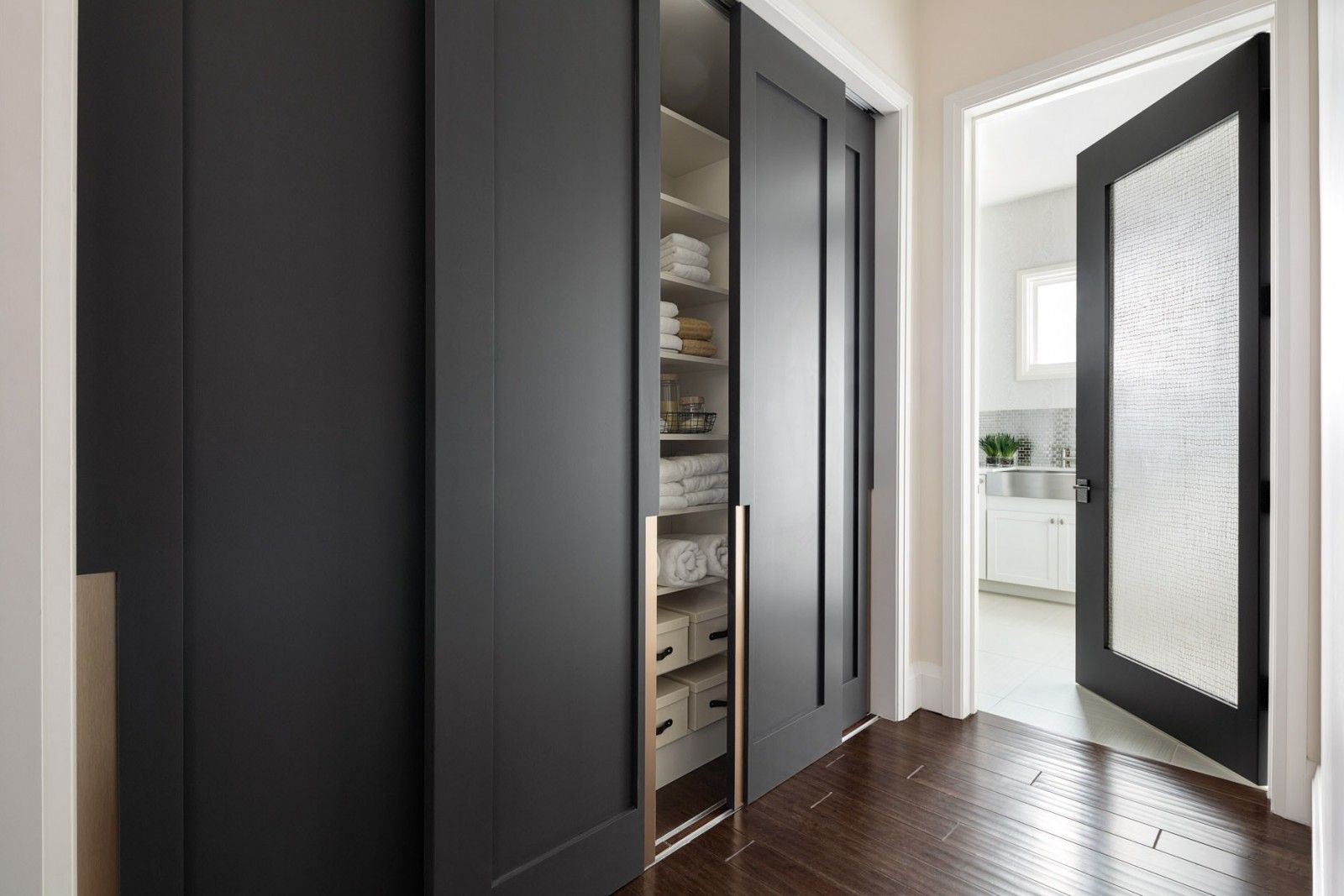The chimney is an essential part of your roof. Some homeowners often ignore maintenance and repair of chimneys., Ignoring this will expose the home to fire hazards with chimney damages. Other than regular maintenance and repairs, you may also need to remove the chimney breast as a part of your home renovation.
Removing a chimney breast or repairing a chimney are tasks for the expert. You need to hire contractors who have the proper equipment and knowledge about these. Without proper handling of these tasks, there is a risk of getting a damp firebox, white staining, leaky roof, and many more issues.
A really common question is if it is expensive to hire a chimney repair expert? The price to remove a chimney professionally depends on several factors. You have to account for the material cost, labor cost, job type, and duration. Besides, an average cost to remove a chimney breast can go up to 2,000 pounds.
Signs that Your Chimney Needs Repair
How do I understand that my chimney needs repair? Here are some of the common signs that your chimney needs repair.
1.Spalling or Falling Masonry
If you find masonry falling from the roof close to your chimney, then it is a clear sign that chimney requires repair. Chimney cracks often cause masonry falling. The result can be dust and stone all over your floor. That will surely hurt your living conditions not to mention health and safety. So, you need to hire a contractor for a proper chimney inspection and masonry pointing if needed.
Damaged Wallpapers
Wallpaper close to the chimney region can be another sign your chimney is in trouble. If there is any damage to the chimney, then there is a high possibility that it will damage your wallpaper. That mostly happens because of the moisture content in the chimney. So, you need to repair the chimney before you use it as a fireplace.
White Staining or Efflorescence
White staining or efflorescence occurs due to the deposition of salts. Why does it happen? Well, if there is excess moisture in the masonry, then white staining can occur. Even if you clean efflorescence, it will return.
To get rid of the problem, you have to find the cause of moisture build-up in the masonry. Try to fix the problem so that masonry does not get excess moisture in it. A physical inspection will show a crack masonry, which is a clear indication of white staining. This is also a sign that chimney repair is required.
Rust
Finding rust in a firebox or damper is a clear sign that your chimney has excess moisture in it. It is difficult to notice rust on the damper. Rusting causes it to not operate properly or seal well.
Other than rusting, excess moisture in the chimney can cause other damages like cracking of flue tiles. So, it is important to hire a contractor who can inspect flue lining with their unique cameras. Remember, a breach in the chimney system can lead to a house fire.
Leaky Roof
Leaky roofs can surely lead to a dodgy chimney. On another note, if the brickwork or mortar is cracked, then it can allow water through chimney stacks. Because of gravitational force, there are high chances that water will enter your roof area.
If you’re experiencing a leaky roof during heavy rainfall, then you should certainly inspect your chimney as well. Also, it is not unusual to witness algae in your ceiling because of a damp rooftop.
6. Deteriorated Mortar Joints
If the mortar deteriorates, then the masonry is more exposed to moisture. That, in turn, can gradually deteriorate the entire chimney. This occurs mainly due to weather conditions. In winter, the moisture freezes and extends further damage to mortar joints.
Because of such cracks, smoke and heat escape from the chimney from different places. In spring, when the water evaporates, the cracks get even larger. So, the mortar joints lose their strength, and there is a chance of chimney collapse.
Mortar joints are visible from the outdoors. So, any crack is a potential signal to chimney repairs. Also, you can witness the interior damage from the firebox. Professional chimney contractors have cameras to detect such problems.
Shaling Flue Tiles
To protect bricks and homes from heat, there is a flue liner inside every chimney. This helps to regulate the airflow up and out of your home. If there are slices of chimney tiles in your fireplace, then it is a clear indication of the shaling problem.
It is difficult to detect shaling as the liner runs the whole length of the chimney. If you find shaling tile, then you better analyze the entire flue lining. That is an expert job. Because of such underlying danger, an annual chimney inspection is important.
Deteriorated Flashing
It is a watertight seal of a metal sheet that connects your roof and chimney. If this flashing deteriorates, then it can cause water leaking. Though flashing is made of metal sheets, it does not last forever. You have to replace flashing if there is rust. You may have to change flashing if there is damage to the area of the junction. All corners are vulnerable to damage. So, inspect flashing carefully.
Crown Damage
Chimney crowns protect the chimney from all external threats. Animals can not invade chimneys because of crown protection. Crowns also protect chimneys from all sorts of weather conditions such as snow and rainfall.
It is not unusual to form smaller cracks in chimney crowns due to bad weather conditions. In those cases, you can reseal them. Don’t let moisture seep in and create a larger crack though. Larger cracks will drain more water through the flue line and can cause shaling or spalling problems.
Damp Firebox
If you find a wet or damp firebox after heavy rainfall, then there must be something wrong with the chimney. Because of a damp firebox, there will be more moisture in the burning chamber. This can occur because of damaged chimney stacks or mortars. As you can imagine, a damp firebox will wreak havoc in building fires.
Can Chimney Get Damaged even After Repair?
It depends on how it was fixed. In extreme cases, the repair won’t help you much. So, you may have to replace an entire chimney breast. It is better to run an annual chimney inspection to identify any potential risk factors.
For those of us lucky to have chimneys, we know they are a very important part of the home. If chimneys get damaged, it will possibly hurt your living environment and your health and safety. Also, chimneys work to keep your home smoke free. If you find any of the above-listed signs, then do not hesitate to repair your chimney. It is a critical repair!

